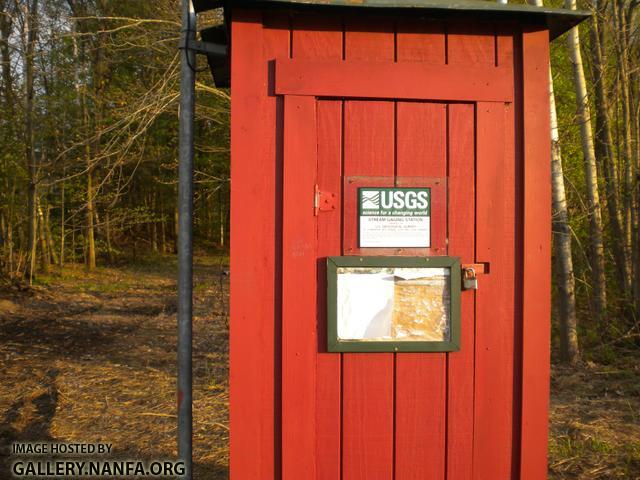I parked by the bridge and started sampling here, the rocks were slick and green with algea. The slower areas where the river widened felt oddly warmer than the narrow ones. The recent drop in water levels left plents of mussel shells on the shore.
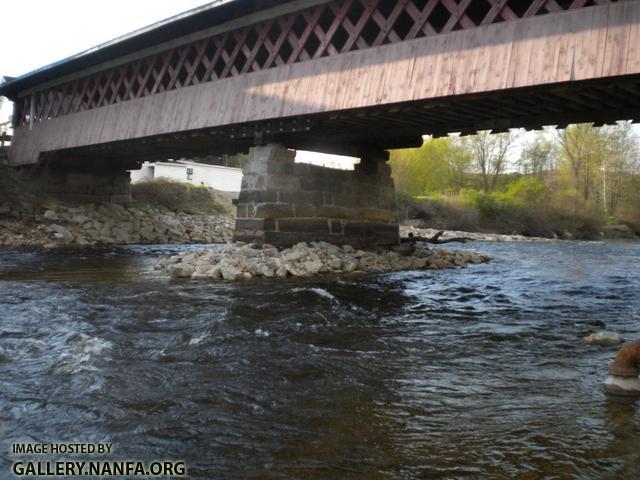
So I worked my way down stream. (yes, it looks like they are planting trees on the shore).
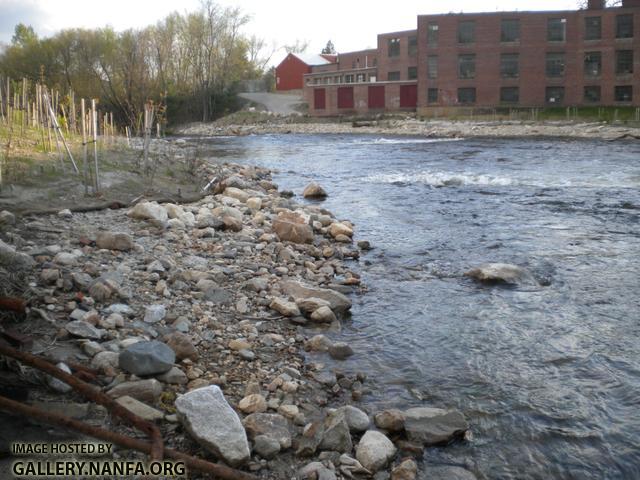
I didn't start getting fish until I crossed the third narrow row of rapids. Then I got two tesselated darters and my goal fish a longnose dace. I wish I brought my gar down with me so I didn't keep having to walk back. This marks the first time I found darters in riffles in new Hampshire. Usually I find them in slower water. I was amazed how blue the tesselated darters were on their cheeks (the bluer darter i didn't photograph). Is that the males breeding color?
(note: both photos are the same darter)
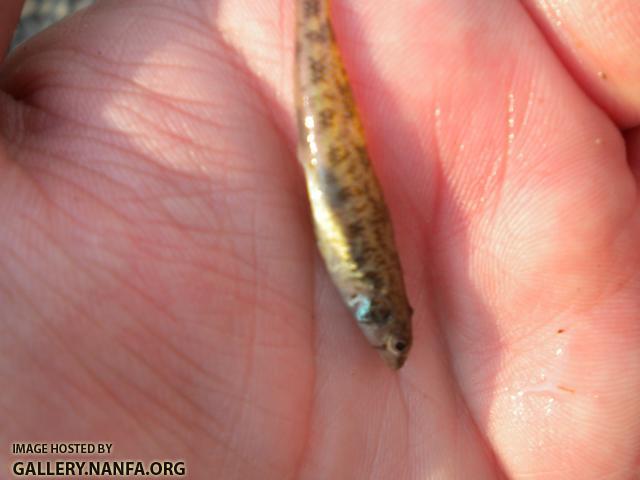
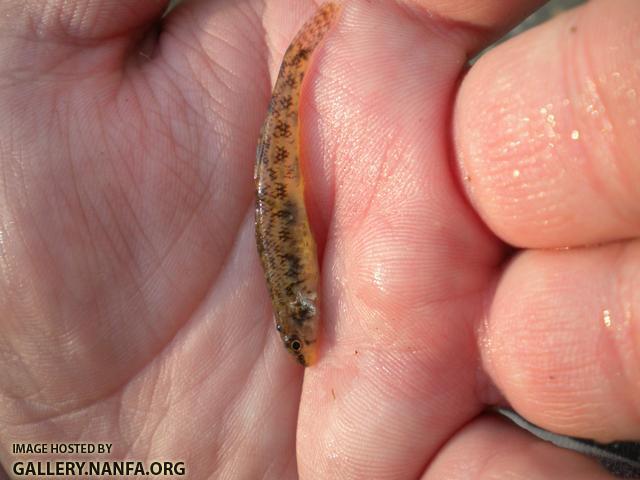
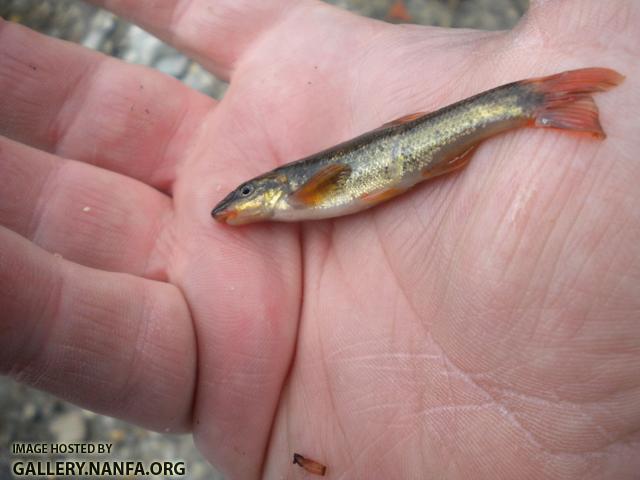
This area had one more oddity in store. No this is not an outhouse though it DOES look like one, it is a USGS stream monitoring station. I have no idea what they are monitoring or why, or what a tiny shed like this could hold.
